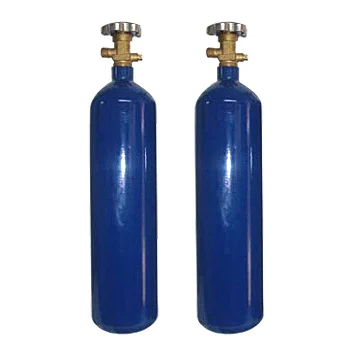Gas calibration involves using reference gases with known concentrations to calibrate and validate gas detection instruments, ensuring their accuracy and reliability.
- Oxygen (O2): Oxygen calibration gas is crucial for calibrating oxygen sensors in gas detectors. It is used to verify the accuracy of oxygen measurements, especially in environments where oxygen levels need to be monitored for safety or process control.
- Carbon Monoxide (CO): CO calibration gas is used for calibrating carbon monoxide sensors in gas detectors, particularly in settings where exposure to CO can pose health risks, such as industrial facilities, mines, and confined spaces.
- Carbon Dioxide (CO2): CO2 calibration gas is used for calibrating carbon dioxide sensors, commonly found in environmental monitoring equipment, indoor air quality monitors, and industrial processes where CO2 levels need to be controlled.
- Methane (CH4): Methane calibration gas is used for calibrating methane sensors, which are important for detecting leaks in natural gas pipelines, monitoring methane emissions in landfills, and ensuring safety in environments where methane may be present.
- Hydrogen Sulfide (H2S): H2S calibration gas is used for calibrating hydrogen sulfide sensors in gas detectors used in industries such as oil and gas, wastewater treatment, and chemical processing, where exposure to H2S can be hazardous.
- Combustible Gases (LEL): Calibration gas for combustible gases, often referred to as Lower Explosive Limit (LEL) gases, is used to calibrate sensors that detect flammable gases like methane, propane, hydrogen, and others.
- Other Specialty Gases: Depending on the specific requirements of gas detection instruments, other specialty gases may be used for calibration, such as ammonia (NH3), sulfur dioxide (SO2), nitrogen dioxide (NO2), chlorine (Cl2), and more.





Comments